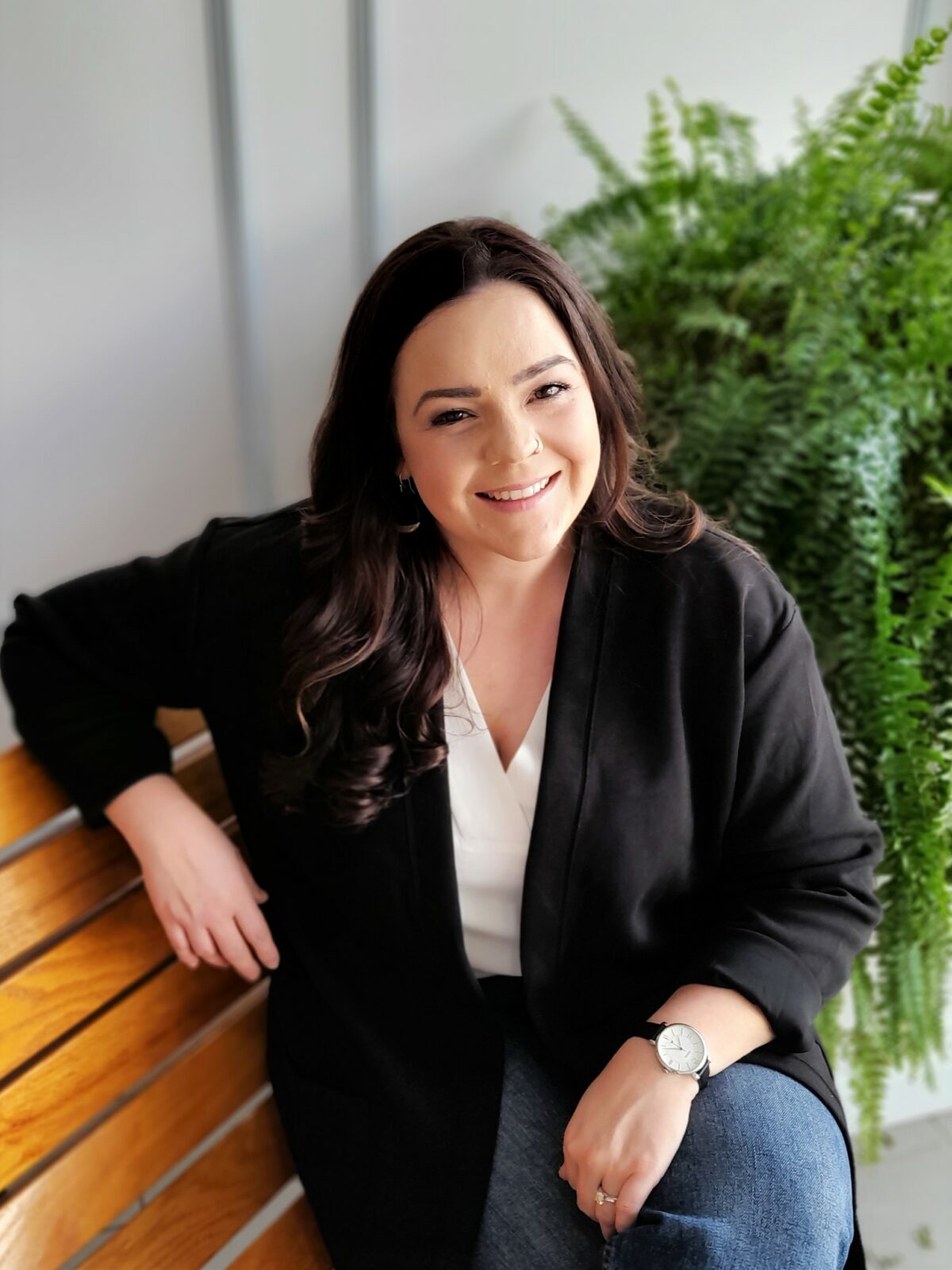Some Nova Scotia communities are getting creative when it comes to wooing new doctors
An apartment complex designed to woo doctors and med students to the Yarmouth area has been open for less than 18 months, but it’s been fully occupied since Day 1.
The idea behind the plan is to give those doctors and students who may be staying just for a two- or three-day locum a taste of the Yarmouth community. Locals hope that first taste will whet their appetite.
The unassuming five-unit building, conveniently located near hospital and medical facilities in Yarmouth, is the brainchild of the Coastal Financial Credit Union’s CEO Rick Doucette. It’s just one example of the measures communities around Nova Scotia are taking to attract health professionals.
With well over 100,000 Nova Scotians lacking a family doctor and wait times rising, towns and villages are taking things into their own hands. In some cases, they are working with government — which acknowledges it cannot solve the problem alone.
“It takes an entire community to recruit and retain a physician and their family,” reads a 2019 quarterly update on physician recruitment from Nova Scotia Health.
“Many communities have taken an active role in supporting physician recruitment by showcasing their strengths as a place to live, providing a warm welcome to health providers and their families and ensuring they integrate into the community by providing support with housing, employment, social and cultural connections.”
That’s exactly what Yarmouth is hoping to achieve with the apartment complex, which contains units for residents and other “medical learners” such as dietetics students who need somewhere to stay while practising in the area.
Rebecca Cassidy, a physician community navigator with the Yarmouth & Area Chamber of Commerce — which leases the building from the credit union for $1 per year — says one of the biggest benefits is helping renters connect with other medical professionals and community members, who may not otherwise cross paths.
“Forming those friendships is key,” she says. “And who knows? Maybe two people will even decide to do their residency in the same place. That’s why it’s different than living on your own in a hotel or an Airbnb.”
Cassidy says it’s not just about building a bigger and better residency program, but about raising the profile of smaller areas and, in turn, helping the overall economy. She feels optimistic about the resulting business uptick and potential spinoffs.
“It’s a fantastic example of the community, health care and business all coming together — using the assets in their organizations — to collaborate in raising the profile of this area’s potential.”
Breanna Sangster, Cassidy’s counterpart at the Annapolis Valley Chamber of Commerce, agrees that rural communities need more exposure to compete with places like Toronto or Vancouver. That’s why the Valley Chamber has invested in slick marketing videos and a host of other measures to attract more doctors.
“I think I’m a good example of someone who thought they would end up in a bigger city,” interventional radiologist Dr. Douglas Choo tells the camera in one of the videos.
Choo waxes poetic about the Annapolis Valley in the promotional spot, lauding its “huge” sense of community and small-town feel, not to mention its abundance of resources and proximity to Halifax.
He tells viewers his kids quickly made friends in the area and that the family never wants to leave. Choo also sings the praises of the local hospital and the ar- ea’s “welcoming” citizens.
“It’s a dream come true and I don’t want to be any- where else,” he says.
Sangster, who also maintains a short-term housing directory for medical learners, says it’s a fact that doctors recruit other doctors. A typical day might see her giving tours, helping new arrivals build connections with other professionals, or working with community volunteer stakeholders.
Not everyone agrees that employing more profes- sional recruiters is the answer.
In a sharply worded letter to the editor of the SaltWire news network last April, Dr. Harry Pollett advocated instead for such measures as partial student-loan forgiveness and family practice requirements for would-be specialists.
Recruiters, for their part, cite a number of challenges. In a recent study on overcoming the doctor shortage in Nova Scotia’s Eastern Zone, they identified the following barriers: a lack of community integration (including spousal employment sup- ports), bureaucracy, a lack of clear communication channels, the failure to track return on investment and a lack of clearly defined roles and responsibilities within the zone.
Meanwhile, the Nova Scotia government has just announced that it will be opening a new medical school at Cape Breton University — something that local residents have been lobbying hard for. The medical school will train doctors to work in rural areas of the province.
For More Information Yarmouth and Area Chamber of Commerce yarmouthchamberofcommerce.com Coastal Financial Credit Union Annapolis Valley Chamber of Commerce Medical Council of Canada mcc.ca Nova Scotia Needs Doctors: How Do We Attract and Keep Them? - PubMed nih.gov




